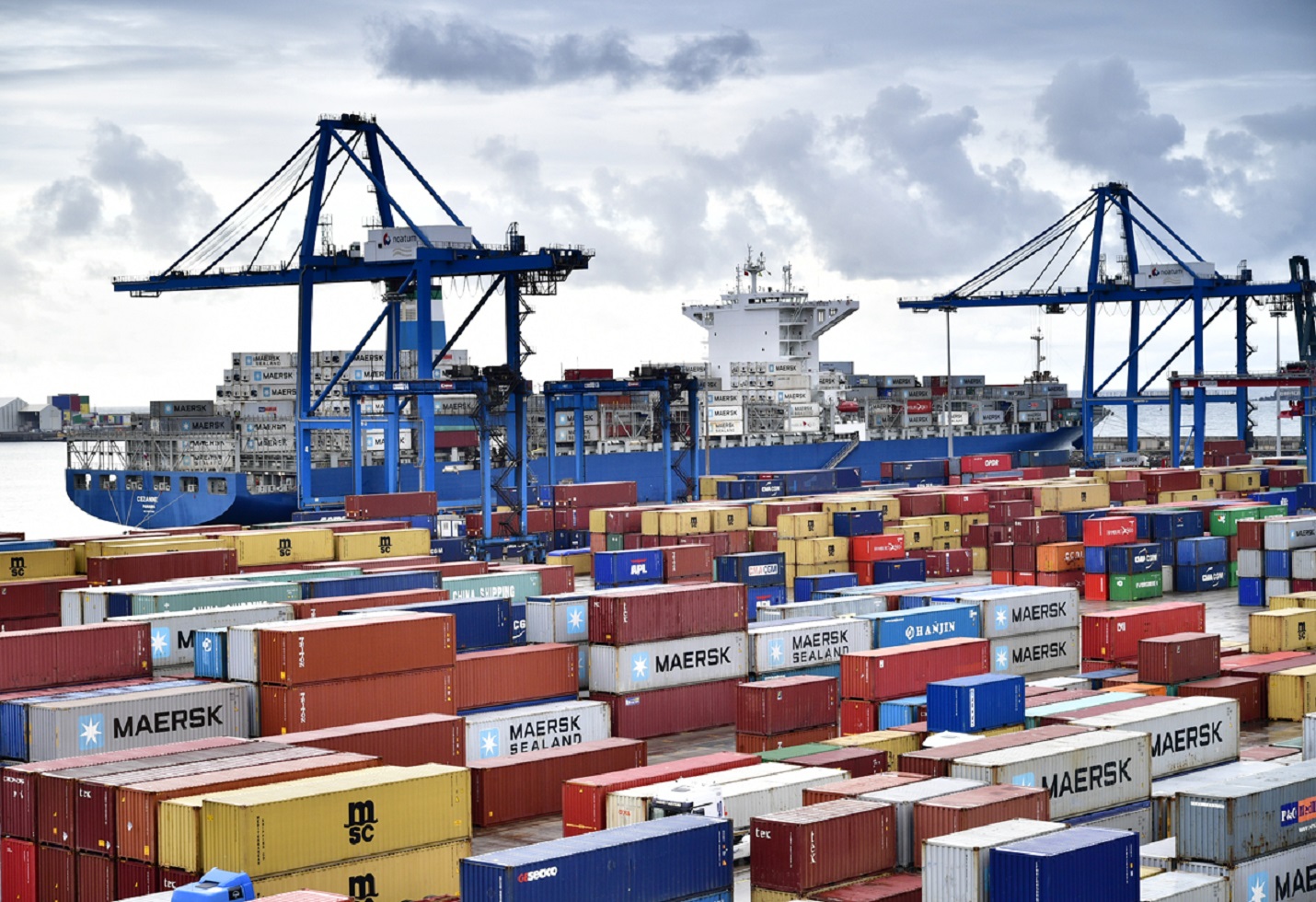DMart Q2FY24 Working Capital Boost: Inventory and Payable Days Decrease
Company Name: Avenue Supermarts Ltd | NSE Code: DMART | BSE Code: 540376 | 52 Week high/low: 4,229/3,292 | CMP: INR 4,062 | Mcap: INR 2,64,411 Cr | PE: 113
Company Overview:
Avenue Supermart is primarily engaged in the business of retail supermarts under the brand name “D-Mart.” The company offers products in three categories at its stores: Food, Non-food, and Merchandise & Apparel. The Food category includes groceries, dairy, staples, beverages, fruits, and vegetables. Non-food comprises home care, personal care, toiletries, and general merchandise, while Merchandise & Apparel includes bed & bath, toys & games, garments, and footwear. Over the last year, the number of stores increased by 34, bringing the total count to 336, with a presence across 22 cities in India as of September 2023.
Q2 Sees Surge in Topline Growth Despite 9.09% YoY Dip in PAT
In Q2FY24, D-Mart reported an 18.67% YoY growth in topline, while PAT was down 9.09% YoY to 623. The slowdown in PAT was attributed to an increase in operating expenditure (up 18.2% YoY) and tax rate (up 18.5% YoY). This led to a decline in PAT margin by 150 bps YoY and 60 bps QoQ to 4.94% in Q2FY24. The sudden increase in tax expenses is due to the absence of a tax benefit in Q2FY23.
Q2 Maintains EBITDA Stability Amid Margin Decline
The company reported an EBITDA of 1,005 Cr, growing 12.66% YoY but declining 2.93% QoQ. The EBITDA margin during the quarter dropped 42 bps YoY and 75 bps QoQ, primarily due to higher COGS and operating expenditure. Purchase stock increased by 19.3% YoY to 10,771 Cr, while operating expenditure grew 18.2% QoQ to 847 Cr.
Accelerate Working Capital: Optimize Inventory and Payable Days
Lower inventory and payable days led to a faster working capital cycle. Inventory days reduced by 2.1 days to 30.3 days in Q2FY24, and payable days declined 1.2 days to 6.4%. This resulted in a Net working capital day (Inventory days – Payable days) of 23.9 days in H1FY24 compared to 24.8 days in H1FY23, indicating improved working capital efficiency.
Key Operating Metrics
Total bill cuts grew 36% half-yearly to 14.7 Cr in H1FY24. Revenue from sales per retail business area sq ft increased by 5% half-yearly to 16,729 in H1FY24. Like-for-like growth, representing the growth in revenue from the sale of the same store, stood at 8.6% in H1FY24 compared to 41.6% in H1FY23.
Valuation and key ratio
The stock is currently trading at a multiple of 113x EPS (TTM) 35.9 Rs, at the current market price 4,062 with an industry PE at 61.7x. The company’s stock is valued at 15.2 times its book value of 268 Rs per share. In EV/EBITDA multiple, the company holds the 1st position with a multiple of 67.43x, surpassing the industry median of 27.64x. Trailing twelve-month ROE and ROCE stood at 16% and 20.1%, respectively, while the interest coverage ratio demonstrated the company’s solvency at 53.3x in Q2FY24.
Q2FY24 Results Updates – Consolidated
➡️In Q2FY24, Revenue grew 18.67% YoY (+6.4% QoQ) to 12,624 Cr, driven by an increase in volumes.
➡️Gross profit increased 15.13% YoY (+2.8% QoQ) to 1,852 Cr, while gross margin declined 45 bps YoY and 50 bps QoQ to 14.67%.
➡️EBITDA surged 12.66% YoY (-2.93% QoQ) to 1,005 Cr, driven by increased revenue, with EBITDA margin dropping 42 bps YoY and 75 bps QoQ to 7.96%.
➡️Operating profit (EBIT) increased 13.77% YoY (-4.87% QoQ) to 831 Cr, while EBIT margin declined 28 bps YoY and 78 bps QoQ to 6.58%.
➡️PAT was down 9.09% YoY (-5.37% QoQ) to 623 Cr due to the decline in margins, with PAT margin dropping 150 bps YoY and 60 bps QoQ to 4.95%.
➡️EPS for the quarter stood at 9.58 Rs compared to the previous quarter at 10.12 Rs.
Conclusion:
D-Mart showed growth in Q2FY24 with an 18.67% YoY increase in revenue, but PAT declined by 9.09% due to higher operating expenses and tax rates. EBITDA remained robust, although margins dipped. The company demonstrated improved working capital efficiency, and key metrics like total bill cuts and like-for-like growth exhibited positive trends. Valuation metrics suggest a premium stock, and Q2FY24 results indicate a focus on volume-driven revenue growth.
The image added is for representation purposes only









